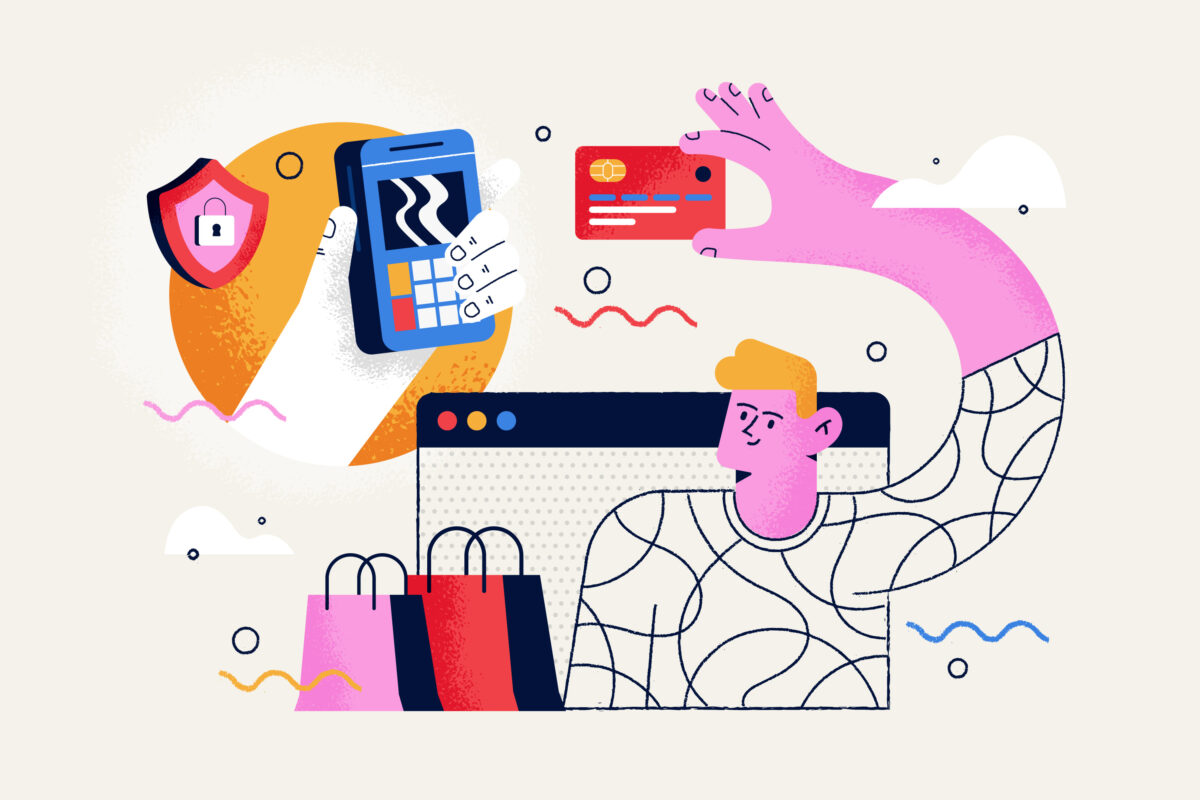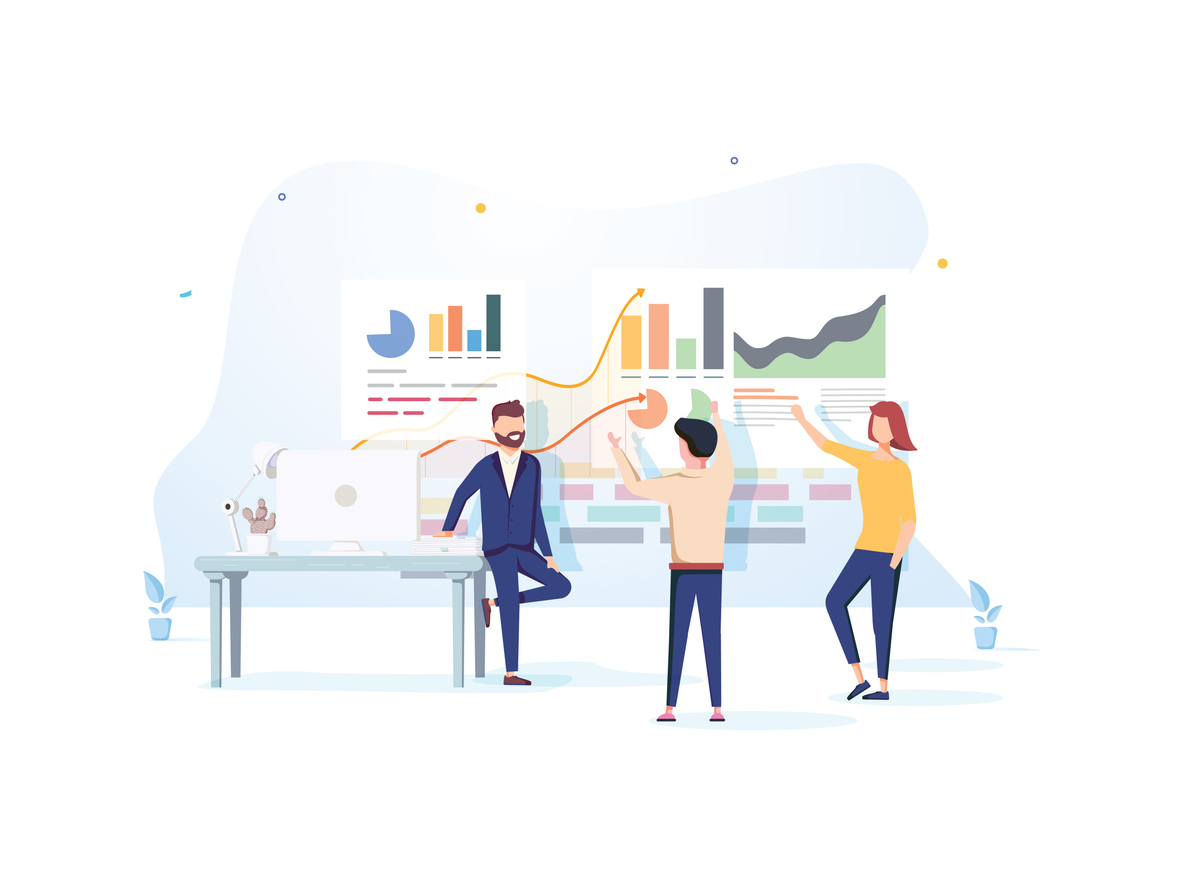What Is the Online Buyer’s Journey, and How Can You Map One for Your Business?

Selling your product online is impossible without considering your audience. Even the most relevant messaging, and the best products, won’t sell if you don’t get them in front of potential buyers at the right time and while they’re in the right mindset. That’s what makes the online buyer’s journey such an important consideration. It allows you to turn your focus from business goals to audience needs. You can look at the process from the eyes of potential customers.
Of course, it’s a complex process. But, once you map it, the customer journey becomes a great organizational tool to direct and optimize marketing and sales touchpoints from your website to email, social media, and more.
It starts with the basics. Use this guide to gain a better understanding of the online buyer’s journey in eCommerce. You’ll also find some tips on how to use the buyer’s journey for your long-term benefit.
What Is the Online Buyer’s Journey?
Put simply, the online buyer’s journey describes the path your potential customers typically take to buy a product from your online store. In its fullest form, it also goes beyond that initial purchase decision to consider the steps your audience takes after they’ve bought your product.
As any business owner knows, those decisions don’t happen out of nowhere. Most customers perform at least some level of research and product comparison before pulling the trigger. The customer journey defines the most common path to getting to that point (and beyond).
The Benefits of a Well-Defined Buyer’s Journey
Perhaps most importantly, mapping your online buyer’s journey allows you to gain a deeper understanding of your audience. You can outline their typical actions, thoughts, and feelings as they move from first becoming aware of your product to making the decision to buy it—and buy it again.
That information, in turn, allows you to focus all of your marketing and sales efforts, from optimizing your online store to adjusting your social media strategy. For example, you can:
- Adjust your ad messaging based on the typical motivations of your customers when researching products in your category.
- Provide educational content about the pain points your products solve at the time when your audience is looking for specifics.
- Create retention-driving content designed to keep happy customers engaged with you to increase their chances of buying from you again.
- And more
In fact, a well-mapped journey will and should influence every message you try to get in front of your audience. With a better understanding of pain points and desires at the conversion stage, you can even optimize product descriptions in your online store accordingly.
The benefits of this approach are tangible. According to PwC, 65% of potential customers will become long-term brand loyalists if their customer journey is positive at every step. On the other hand, 20% of customers will walk away from your business after a single bad experience.
The 4 Stages of the eCommerce Customer Journey

Every buyer’s journey is unique. But, as it relates to eCommerce, that journey typically includes four major stages: awareness, consideration, decision, and retention. Each of them comes with unique nuances that can benefit from further discussion.
Stage 1: Awareness
The first point of the journey is general. Your potential customer has discovered a problem, like ‘my clothes are wearing out’ or ‘I need a gift for my kids,’ and is starting to look for general information on how they might be able to solve it.
For eCommerce merchants, education is key at this stage. Your audience is not ready for a sales pitch or product page yet. Instead, they’re looking for information they can trust. Brands that can provide this help will gain a long-term perceptual advantage as the audience advances in their journey.
Social media and educational web content like a blog can be immensely beneficial in this stage of the buyer’s journey. They allow you to put your brand and company in front of your audience—without being so promotional you risk alienating your audience as they just perform some basic research.
Stage 2: Consideration
When eCommerce audiences advance past the awareness stage, they start to look for a potential solution. They’re now comfortable enough with their knowledge of what’s wrong that they can begin to look for companies that can help them solve the issue.
Google searches for product categories become common at this stage. So does any kind of comparative content that pits different products against each other. Potential customers become less hesitant to visit online stores directly for research. But they’ll also continue to value more independent resources like buyer’s guides and Google searches.
Stage 3: Decision
Time to get serious. Your audience has spent at least some time comparing your online products to both direct and indirect alternatives. They’re almost ready to hit that purchase button. They just need that final push to help them pull the trigger and become a customer.
Now, your store’s product category and product pages become crucial. Highlight your product’s different features and nuances (always relating back to needs and pain points, of course). Showcase your product in action. Leverage social proof, like user reviews and ratings, in prominent ways to make new customers feel more comfortable about their decision.
Stage 4: Retention
Most traditional buyer journeys end at the third step. However, in eCommerce, there is a fourth stage that matters just as much: the ability to retain customers who have just bought something from your online store for the first time. After all, it costs between 6x and 7x more to acquire a new online customer than to retain an existing one.
Here, it’s about effective follow-ups. Connect with new customers via email and other channels to ensure a positive experience. Make it easy for them to exchange or return products. For your happy customers, create a loyalty program that provides them with an incentive to buy more.
How to Use the Buyer’s Journey to Optimize Your eCommerce Communications
Each of the four online buyer’s journey steps above brings unique considerations for your marketing efforts that range from messaging to leveraging the right channels. To get there, you need to know how to build and map your own buyer’s journey to account for your niche’s unique nuances, customer expectations, and more.
Mapping your buyer’s journey is complex and goes beyond the scope of this post. Fortunately, we can help. Contact Future Holidays for more information about the process and for help in mapping your customer journey to maximize your online store’s success.


